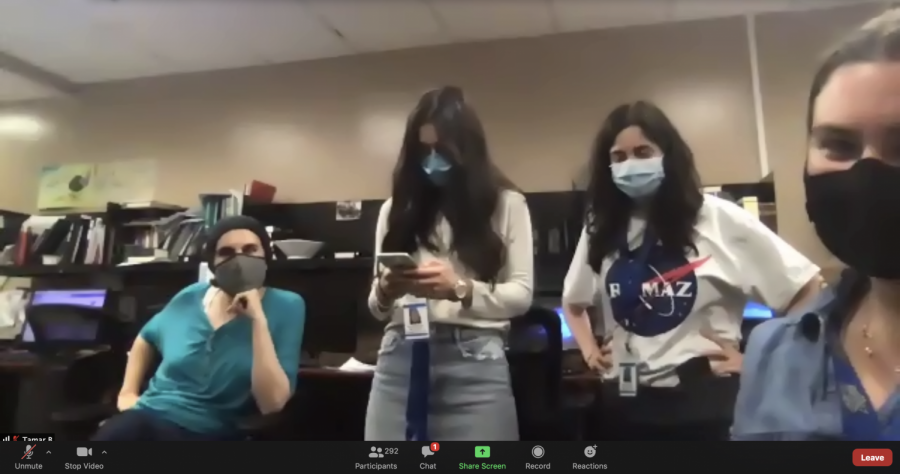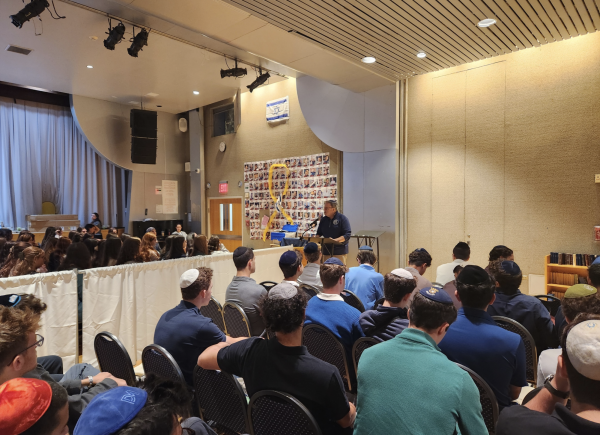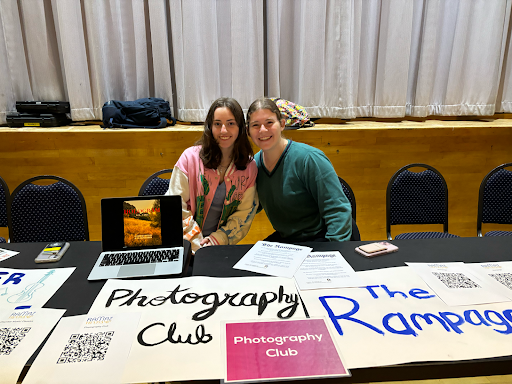The Inside Scoop on Mishmar
The Mishmar program at Ramaz has grown exponentially this year. Four times a week, students are invited to join a Zoom meeting and learn a sliver of Torah knowledge. There is a wide variety of teachers. While most are Judiac teachers, occasionally a secular Jewish teacher will teach a class. On Wednesdays and Thursdays, there are guest speakers: Rabbi Mizrachi from the Safra Synagogue and Rabbi Manu Hass from NCSY. Students who attend these half-an-hour Torah lessons are rewarded with one extra credit point on a Talmud and Tanakh test, and students may receive up to ten points a semester. The Mishmar program at Ramaz displays the commitment of the faculty to education, even beyond the official classroom.
Mishmar has been an after school program at Ramaz for many years. When Ramaz started Mishmar once a week many years ago, it was relatively small with no point system. It was typically taught by rabbis of KJ, and they could not encourage the students to join since they did not have a real connection with many of the students. Eventually, Mishmar stopped as it became less and less attractive. Two years ago, a student encouraged Rabbi Shiowitz to bring Mishmar back. The new and improved Mishmar became popular as extra credit points were given to the attendees, and speakers would rotate with a mixture of discussions. The goal was ultimately to have Mishmar everyday. Now, Rabbi Manu teaches Mishmar on Wednesday nights, Rabbi Mizrachi offers it on Thursday evenings, and Rabbi Weiser usually teaches one night a week and even sometimes in the mornings.
Rabbi Schiowitz is in charge of planning which teacher presents on each day. He organizes Mishmar with Judaic teachers usually rotating days. “Teachers would rotate a variety of topics,” he said. This is ultimately what encourages students to return each week. Often students come to listen to a specific teacher they connect with. Teachers don’t mind students coming just for the points, even though that is not the real purpose of Mishmar.
If Zoom is inevitably less interactive than in person, especially because there is no food given out, why do students continue to participate in Mishmar? Is it for the extra credit? Maybe, but most of the time the same bunch of students join. These are students who attend for more than ten times, which proves that they attend to learn and have fun. Josh North ’23 is one of these students. He explained, “In freshman year, I did go for the points. After six or seven Mishmars, though, I really started liking it. After about 15 Mishmars I found out that students may only receive up to ten points, but I kept going…I still enjoy the extra credit, and it was cool that they had burgers on some days and pizza on others [last year].”
Mishmar is usually parsha-based, and sometimes students learn with source sheets. If it is Rosh Chodesh or a holiday is approaching, teachers tend to focus on the event of the day. “I’ve noticed that a lot of the time, Mishmar is based on a topic that the teacher is passionate about but that is not related to the classes they teach,” said North ’23. These topics consist of lessons that don’t fit into the teachers’ curriculum but still are useful for students to learn. The entire Mishmar staff ultimately want to teach as much as they can to students and spread as much Torah knowledge as possible.



